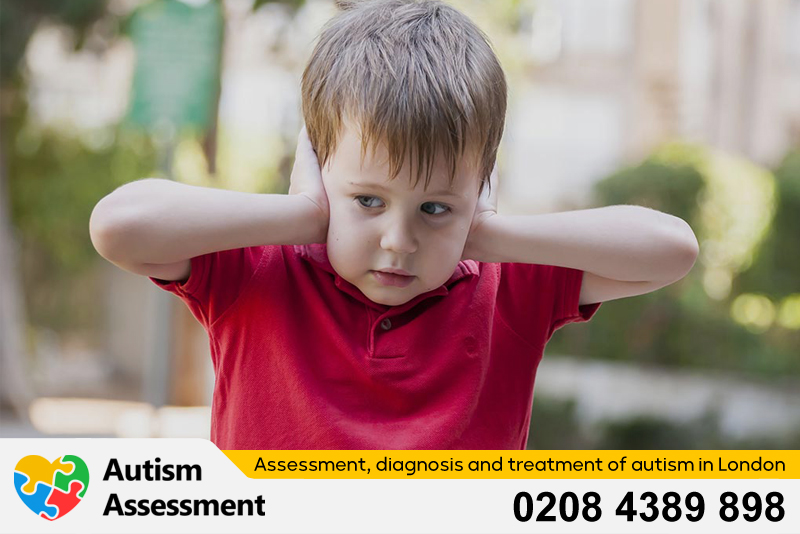Understanding Autism Spectrum Disorder and Approaches to Treatment
Autism Spectrum Disorder (ASD) is a complex developmental condition that involves persistent challenges in social interaction, speech and nonverbal communication, and restricted/repetitive behaviors. The effects of ASD and the severity of symptoms are different in each person. Therefore, treatment plans are tailored to address specific needs.
Treatment for ASD should begin as soon as possible after diagnosis. Early treatment for autism can reduce individuals’ difficulties while helping them learn new skills and make the most of their strengths. The most effective treatments are often a combination of methods tailored to the individual’s needs.
Various types of therapies can help people with ASD improve their abilities and reduce symptoms. These include:
1. Behavioral Management Therapy: This type of therapy uses reinforcement strategies to encourage positive behaviors and reduce unwanted ones.
2. Cognitive Behavioral Therapy (CBT): CBT helps address the emotional and cognitive aspects of ASD, such as anxiety or repetitive behaviors.
3. Early Intervention Programs: These programs are designed for very young children and can include speech therapy, physical therapy, and other types of services.
4. Educational and School-Based Therapies: These are structured programs often delivered in a school setting, focusing on improving social skills, communication, and learning.
5. Joint Attention Therapy: This therapy helps children with ASD develop the ability to focus on and share experiences with others.
6. Medication: While there is no medication that can cure ASD, some medications can help manage symptoms, such as high energy levels, inability to focus, or depression.
7. Nutritional Therapy: Some symptoms of autism may be improved by changes in diet or the use of dietary supplements.
8. Occupational Therapy: This therapy helps individuals live as independently as possible.
9. Parent-Mediated Therapy: Parents and caregivers are trained to help their children learn social skills.
10. Physical Therapy: This helps improve movement and balance.
11. Social Skills Training: This helps individuals with ASD learn how to interact more effectively with others.
12. Speech-Language Therapy: This helps improve communication skills.
It’s important to note that no single treatment works for everyone with ASD. A combination of therapies and supports can help individuals manage their symptoms and gain skills. According to the Mayo Clinic, early diagnosis and interventions are more likely to have major positive effects on symptoms and later skills.
For those seeking guidance on treatment options, resources like the Centers for Disease Control and Prevention and organizations such as Autism Speaks provide valuable information and support for individuals with ASD and their families.
In conclusion, while there is no ‘cure’ for ASD, there are many treatment options available that can help manage symptoms, improve skills, and allow people with ASD to lead full and meaningful lives. It’s essential to work closely with healthcare providers to develop an individualized treatment plan that addresses the unique needs of each person with ASD.



